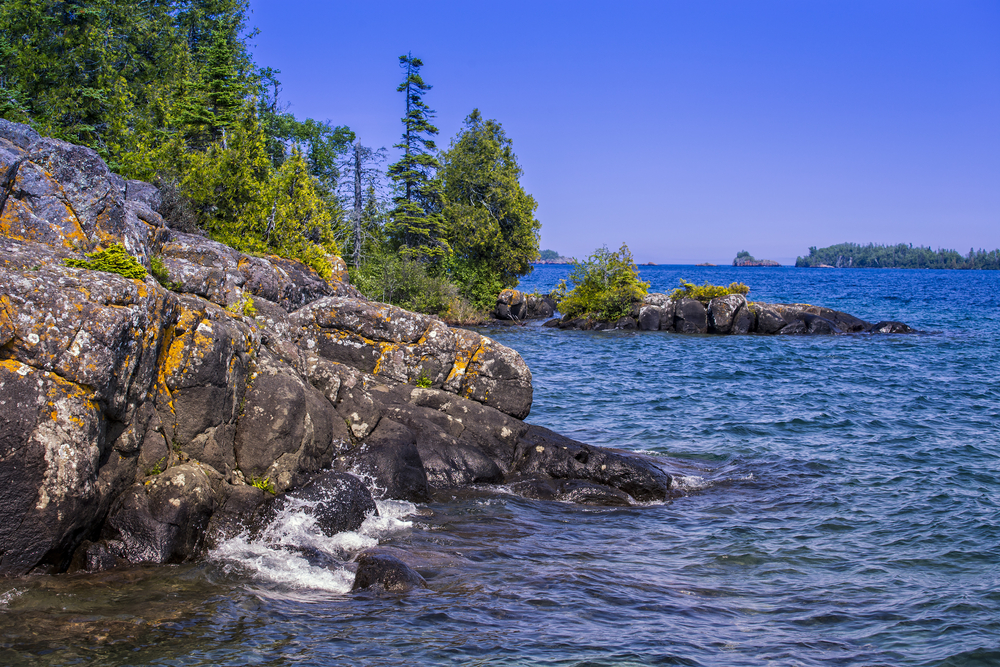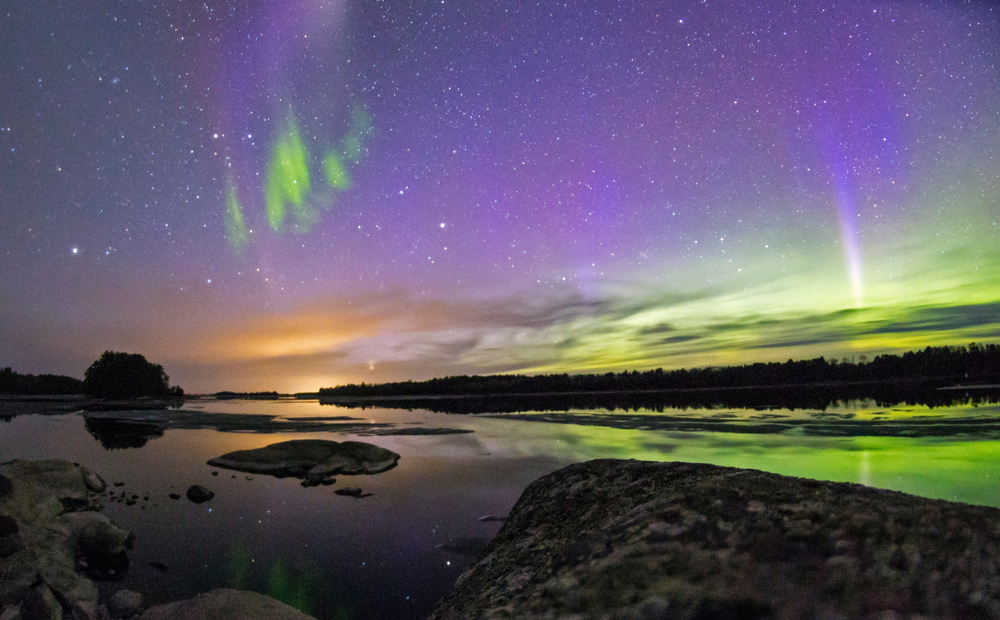Popular
Voyageurs National Park, a mosaic of waterways and forests in Minnesota, offers a refuge for a variety of wildlife, showcasing the rich biodiversity of this unique ecosystem where visitors can connect with nature and observe the animals that thrive in its lakes and forests.
Bald Eagle Majestic Bald Eagles are commonly sighted soaring above the water or perched in tall trees, symbolizing the wild beauty of Voyageurs National Park.
Moose The elusive Moose, the largest member of the deer family, is often seen browsing in the park’s marshes and forests, a thrilling sight for visitors.
Gray Wolf The Gray Wolf, a symbol of the wilderness, roams the park’s vast forests, part of the complex predator-prey dynamics that maintain ecological balance.
Common Loon The haunting call of the Common Loon, Minnesota’s state bird, resonates across the park’s lakes, embodying the spirit of the Northwoods.
Beaver Engineers of the aquatic world, Beavers are frequently seen building dams and lodges, shaping the park’s waterways and creating habitats for other species.
American Black Bear The American Black Bear, adaptable and omnivorous, forages through the park’s forests, occasionally seen by visitors on quiet mornings or evenings.
River Otter Playful River Otters glide through the park’s waterways, often spotted by kayakers and boaters, their antics a joy to watch.
White-tailed Deer Graceful White-tailed Deer roam the park, especially visible at dawn and dusk in meadows and along roadways, a common encounter for hikers.
Red Fox The Red Fox, with its distinctive orange fur and bushy tail, can occasionally be seen darting across meadows or along forest edges, a sight that delights visitors.
Great Blue Heron Standing silently in shallows, the Great Blue Heron fishes in the park’s lakes and rivers, its presence a testament to the health of aquatic ecosystems.
Voyageurs National Park’s wildlife, from the iconic Bald Eagle to the industrious Beaver, offers visitors a window into the interconnected life of the Northern wilderness, making it a premier destination for nature lovers and outdoor enthusiasts alike.





















































































